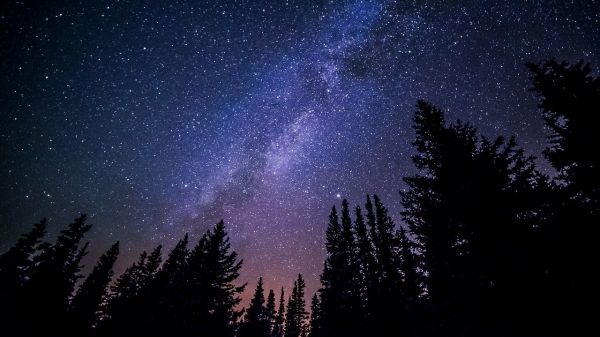We have transformed the night-time environment in a very short time, relative to evolutionary timescales. Most wildlife hasn't had time to adjust.
As winter approaches, marine turtle nesting in the far north of Australia will peak. When these baby turtles hatch at night, they crawl from the sand to the sea, using the relative brightness of the horizon and the natural slope of the beach as their guide.
But when artificial lights outshine the moon and the sea, these hatchlings become disorientated. This leaves them vulnerable to predators, exhaustion and even traffic if they head in the wrong direction.
Baby turtles are one small part of the larger, often overlooked, story of how light pollution harms wildlife across the land and underwater.
Read more at University of New South Wales
Photo Credit: Free-Photos via Pixabay


